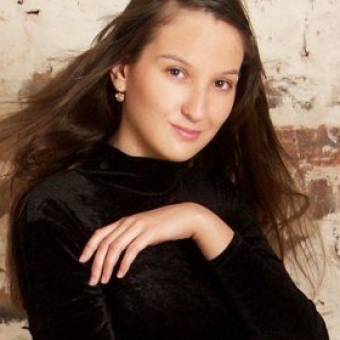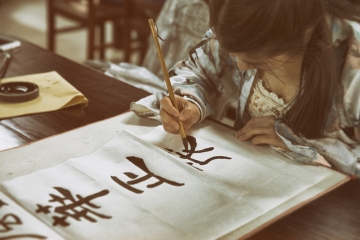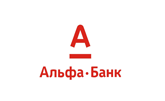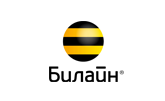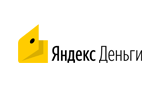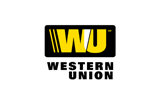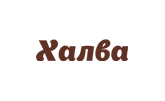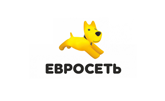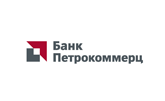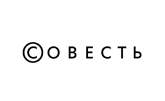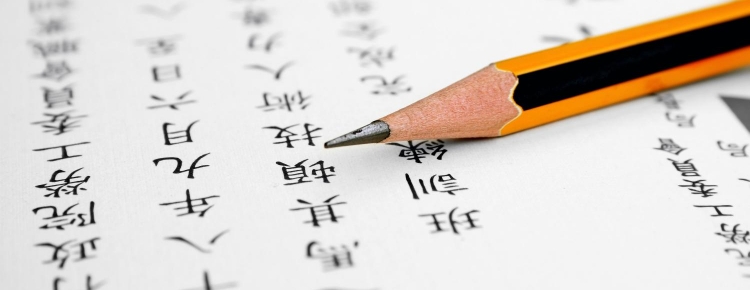
“At night when he heard the spirits call him, Zan Chi looked at the rays of the Ven Chan Star, the Lord of literature. Inspired, Zan Chi looked down and saw the tracks of birds and animals. He watched the shadows of the trees and grass. He saw pictures on the shell of a tortoise. By observing nature, Zan Chi copied everything onto pressed bamboo. This is how the first Chinese pictograms appeared”.
A pictogram is a sign that expresses a word or a concept, which looks like the object it depicts.
According to the historian Yan Yan-Yuan (847 B. C.), this is a legend about the Chinese written language. Archeologists discovered hieroglyphs (5000 B. C.) on ceramic pieces, animal bones, tortoise shells. Most of them simply had pictures of nature. For example, the hieroglyph for a river is written with the help of 3 wavy lines 川 (chuān), the hieroglyph for a horse has a mane and 4 legs 馬 (mǎ). Later these pictograms served as a basis for making more complex symbols – ideograms (a sign that expresses a characteristic of an object, its message); many modern hieroglyphs have some resemblance to their original forms.
Chinese pictograms
Although the Chinese pictograms changed their form in the course of time, it is quite possible to recognize their original images.
人: a man (rén), shows a walking man.
山: a mountain (shān), shows 3 peaks.
弔: to spare (diào). An arrow弓 (gōng) goes through a bow. As a rule, before the shooting an arrow is perpendicular to the bow, but here it is parallel. So the meaning is “spare”.
馬(马): a horse (mǎ). This symbol resembles a horse: the top is a mane, the bottom is four legs of a galloping horse.
射: to fire/ shoot a bow (shè). The first radical is a person’s body 身 shēn. The second radical is an arm that prepares a bow and an arrow for shooting. The dot in the centre is a thumb that holds the arrow.
兆: a prediction (zhào). The cracks on a tortoise’s shell that appeared during fortune telling; in ancient China oracles used to write questions on a tortoise’s shells and warm them until they cracked; predictions were based on the patterns.
酒: wine (jiǔ). The first radical denotes water, the second one – wine. The radical “wine” resembles a pitcher. The top looks like the Greek letter π, and might be the handle of the pitcher. The horizontal line means the amount of the liquid inside.
尢: to lame (wāng/yóu). The two bottom lines look like 2 legs, one is much shorter than the other, which is emphasized by the horizontal line.
樂(乐): music (lè, yuè). An instrument that is made from wood 木 (mù) and strings 幺 (yāo).
齊 (齐): even, clean (qí). A primitive picture might mean a field of grain (planted evenly, plant by plant)
Chinese ideograms
美:beautiful (měi), a heep羊 (yáng) and big大 (dà) = beautiful. If a sheep is big, it is beautiful. Plump women were often considered beautiful in China.
秋:autumn (qiū). In ancient China when grain 禾 (hé) was collected, unnecessary stems were burnt (fire 火 huǒ); it took place in the autumn.
妾: a junior wife, a concubine (qiè). Since polygamy was widespread in China, there were several wives (a woman 女nǚ) – the first, the second, the third, etc. All the wives, apart from the first and the senior one, are considered junior and were supposed to stand up to show respect if the first wife was passing by (this is the origin of the combination “stand” and “a woman”).
國,(国): a state (guó), a mouth 口 (kǒu) + earth土 (tǔ) a spear 戈 (gē ) + to surround/a border 囗 (wéi) = a state 國.
In order to have a state, it is necessary to have language, earth, means of defense and a border. The radical for earth is distorted and is given in the form of the first radical. The current variant 国 describes a king and borders.
累:tired (lèi). In ancient China men were responsible for ploughing a field (田tián); women dealt with growing silkworms (糸mì) (silkworm breeding); men’s and women’s work = tiredness.
好:good (hǎo). When a woman女 (nǚ) has a son子 (zǐ), it is good.
税:to impose a tax (shuì). Grain 禾 (hé) + to give something to the government/to pay off 兌 (duì). The peasants of ancient China used grain to pay off taxes.
直:straight (zhí). The written variant of the hieroglyph usually contains one bottom line in comparison with the printed variant that has the right angle. If you look from top to bottom, you can see ten десять 十 (shí), an eye目 (mù) and a straight line at the bottom. In other words, if you look at this line with ten eyes you will make sure that it is actually straight.
想: to think (xiǎng). The hieroglyph to explore/observe 相 (xiāng), on the top of the heart 心 (xīn). In many hieroglyphs the radical heart means mind, intellect. To explore in your mind – to think.
教:to instruct (jiāo). The left upper radical is the radical old 老 (lǎo). The left lower radical means a son 子 (zǐ). The right radical is to kick, hit (pū modern 扑) that depicts a man holding a stick. The child is a student while the man represents discipline. The radical old might mean either the experience or age of the student.
名: a name (míng). The upper radical evening/ dusk 夕 (xī ), a picture of the moon. The lower radical is a mouth 口 (kǒu). It is hard to see clearly at dusk, and people have to call in order find each other.
性:the nature, gender (xìng). A heart 心 (xīn) on the left is a constant quality. Constant qualities are given at birth 生 (shēng).
鬥 (斗): to fight (dòu). Two kings on one territory are sure to fight.
安: peaceful, quiet (ān). A woman 女 (nǚ) under the roof 宀 (mián) brings tranquility and peace.
家: a house (jiā). In ancient China a pig 豕 (shǐ)under the roof 宀 (mián) (in the house) was the symbol of wealth.
It is incredibly exciting to interpret Chinese hieroglyphs by analyzing their elements. This activity helps to remember the hieroglyphs better and raises the awareness of their use in speech and fiction. Probably Chinese is one of the few languages which contains so much historical and cultural information in its language signs. Hieroglyphs are Chinese people’s life, images and concepts.
